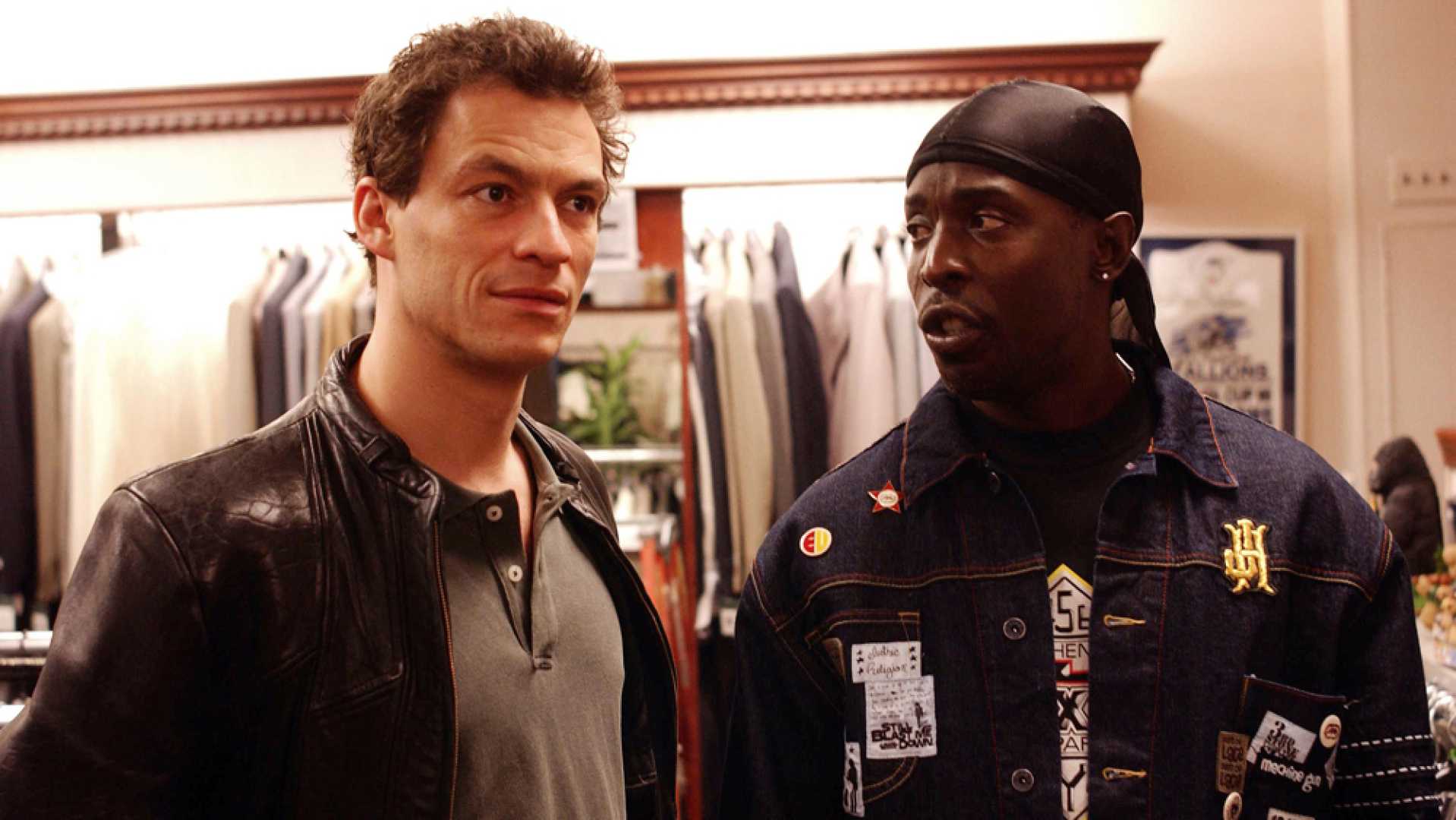Entertainment
The Enduring Impact of ‘The Wire’: Technology, Characters, and Institutional Critique

The HBO series ‘The Wire,’ which aired from 2002 to 2008, continues to be a subject of intense discussion and analysis, particularly in the context of its portrayal of technology and its impact on society. One of the notable aspects of the show is how it reflects the rapid advancement of technology over its five-season run. Initially, characters relied on pagers and payphones for communication, but as the series progressed, they transitioned to using cell phones and sending coded images.
The show’s depiction of technological evolution is not just a backdrop but an integral part of the narrative. For example, the police department’s use of outdated technology, such as the “triggerfish” devices, highlights the inefficiencies and dysfunctions within the city’s institutions. This mirrors the discovery of unused textbooks in the school system, emphasizing the broader theme of systemic failure.
At the heart of ‘The Wire’ is its complex and deeply human characters, none more iconic than Omar Little. Played by Michael Kenneth Williams, Omar is an openly gay stickup man who targets drug dealers while adhering to a strict code that protects ordinary citizens. His character, inspired by real-life figure Donnell “Donnie” Andrews, embodies the show’s themes of rebellion against institutional failures and the tragic consequences of being trapped in a cycle of crime.
Omar’s character also subverts traditional tropes, taking on the role of a modern-day Robin Hood in the streets of Baltimore. His story arc is poignant and reflective of the broader conflicts between individuals and institutions, ultimately highlighting the tragedy of those fighting a losing battle in a city plagued by systemic issues.
The enduring impact of ‘The Wire’ lies in its ability to remain relevant even years after its conclusion. The show’s exploration of technology, character development, and institutional critique continues to resonate with audiences and inspire discussions about the complexities of urban life and societal structures.












